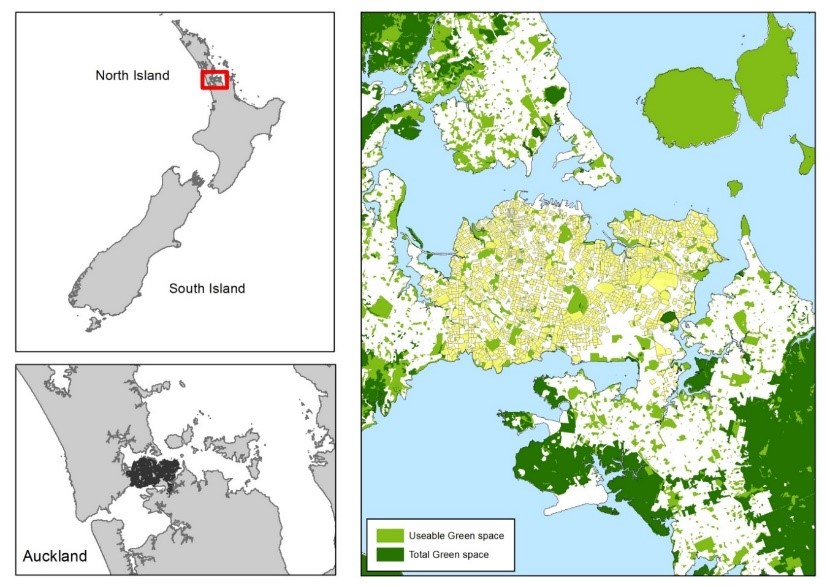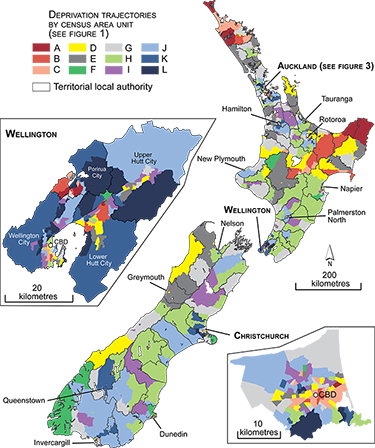Research
Below are a few research themes and current research studies in which Dr. Pearson’s is involved.
In each section, we also include links to relevant publications.
Theme 1: Relationships between natural areas and health in cities
 Increasingly, health geographers, psychologists and public health practitioners have become interested in aspects of
cities which may promote health. A growing area of research is how ‘green’ spaces such as parks, forests, and meadows may
foster physical activity, lower blood pressure and promote relaxation, improved cognition and enhanced sleep. More
recently, this focus has expanded to include ‘blue’ spaces including oceanic and fresh water bodies. Still, there are
many gaps in the literature and inconsistencies in findings. Much of Dr. Pearson’s current and ongoing research aims to
address these issues.
Increasingly, health geographers, psychologists and public health practitioners have become interested in aspects of
cities which may promote health. A growing area of research is how ‘green’ spaces such as parks, forests, and meadows may
foster physical activity, lower blood pressure and promote relaxation, improved cognition and enhanced sleep. More
recently, this focus has expanded to include ‘blue’ spaces including oceanic and fresh water bodies. Still, there are
many gaps in the literature and inconsistencies in findings. Much of Dr. Pearson’s current and ongoing research aims to
address these issues.
Theme 2: Neighborhoods and health – how can the built, physical and social environment promote health?
 Dr. Pearson’s research contributes to our understanding of the relationships between where we live, play, work, and
study to our health. Within this theme, her work involves aspects of the built, physical and social environments.
She pays particular attention to inequalities in neighborhood exposures and how these (potentially amenable) features
may play a role in health inequalities. Given the gross health disparities between the rich, poor, and various ethnic
groups, Dr. Pearson has explored possible routes to lessening inequalities
Dr. Pearson’s research contributes to our understanding of the relationships between where we live, play, work, and
study to our health. Within this theme, her work involves aspects of the built, physical and social environments.
She pays particular attention to inequalities in neighborhood exposures and how these (potentially amenable) features
may play a role in health inequalities. Given the gross health disparities between the rich, poor, and various ethnic
groups, Dr. Pearson has explored possible routes to lessening inequalities
Theme 3: GPS Technologies
 Dr. Pearson has worked to develop novel GPS-based, viewshed and imagery techniques to quantify visual exposures.
She has used automated and 360 camera imagery to assess visual exposures of the built environment including food and alcohol marketing
and tobacco signage.
Dr. Pearson has worked to develop novel GPS-based, viewshed and imagery techniques to quantify visual exposures.
She has used automated and 360 camera imagery to assess visual exposures of the built environment including food and alcohol marketing
and tobacco signage.
Theme 4: Global Water Insecurity
 The purpose of this work is to develop a cross-cultural scale to assess household-level water insecurity that can be used across many ecological and geographic
settings. To do this, an initial set of water insecurity questions related to the sub-domains of physical health, consumption, quantity, access and acquisition,
cultural importance, and social considerations were tested in over 10 countries. These data were then used to refine the scale. Ultimately, the scale will
resemble the Household Food Insecurity Access Scale (HFIAS) and the Latin American & Caribbean Household Food Security Measurement Scale (ELCSA), i.e. questions
will ask the frequency that water-related activities could not occur in the prior month due to lack of water (e.g. not watering crops, going to sleep thirsty, etc.).
The purpose of this work is to develop a cross-cultural scale to assess household-level water insecurity that can be used across many ecological and geographic
settings. To do this, an initial set of water insecurity questions related to the sub-domains of physical health, consumption, quantity, access and acquisition,
cultural importance, and social considerations were tested in over 10 countries. These data were then used to refine the scale. Ultimately, the scale will
resemble the Household Food Insecurity Access Scale (HFIAS) and the Latin American & Caribbean Household Food Security Measurement Scale (ELCSA), i.e. questions
will ask the frequency that water-related activities could not occur in the prior month due to lack of water (e.g. not watering crops, going to sleep thirsty, etc.).
Get in touch
Geography Building
Lab - Room 233A
673 Auditorium Rd., Room 231
East Lansing, MI 48824
(517) 432-7163